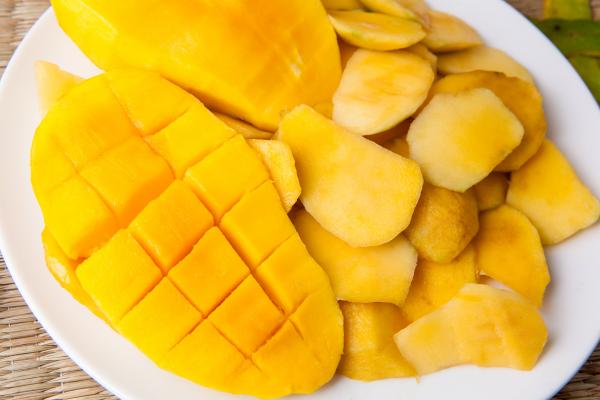By Beatrice Hawkins
While shopping lately, really just browsing, I saw some Australian Wild Olives for sale. This piqued my interest as I really didn’t know we had a native olive.
“Mr. Google” came in handy again and I found that we do have such a tree but also that the ones I’d seen were not from that source.
They are in fact a Wild Olive as the label said and are from trees had grown from the root stock of grafted trees that had been planted for production 50 to 100 years ago in an area in Victoria. Some of these groves have been abandoned or neglected and the main tree has died but the root stock has survived and is now producing the very small, very intensely flavoured olives that I saw for sale in jars.
They are hand-picked – very tedious job! Then pickled in the traditional way. I am delighted to see something good come out of an industry in Australia that was probably before its time. Australians were not huge olive eaters 80 or even 50 years ago, they are certainly an acquired taste, when these groves would have been coming into production and unfortunately, the industry struggled in its infancy and hence we now have these “wild” groves.
It’s always a pleasure to me to now be able to buy a variety of Australian grown and processed olives and olive oil readily in supermarkets.
In the process of finding out about these olives I did find that Australia has a real native olive – Olea Paniculata.
While it might be a great, relatively quick growing, large tree with smooth bark the oval, blue/black fruit is not something to be desired by humans although is bird attracting and the tree is a great butterfly host. Not for our area, would be my suggestion, as it is a rainforest tree.
Another one I have found is on the noxious list in Queensland. This one is the northern olive or Chionanthus ramiflora and is sometimes also known as native olive. It seems it is a native and is often confused with paniculata and is becoming a real problem in some areas of southern coastal Queensland. It is only grown from seed and spread by birds.
By now I was getting confused and apart from deciding to buy and try a jar of wild olives I have decided to give olive research a miss.
Tastes and what is available to eat has changed remarkably over that 50 year time period.
At present we are enjoying an abundance of mangoes in season. I remember trying my first mango, probably about 40 years ago, and it was one of the old “turpentine” variety and not particularly nice! Remember I was in western N.S.W. not in beautiful Queensland! They were very stringy and astringent, a far cry from the beautiful Bowen, Kensington pride, Calypso and other varieties available today. They are grown over such a wide area of our country now, from the far west around Kununurra on the Ord River and other areas of WA through the Northern Territory and North Queensland, that we can enjoy them for many months of the year as a wonderful, in season, summer fruit.
I have found a recipe to make an easy dairy and egg free mango flummery, that is great fresh or frozen, and has become a favourite. I can see it appearing during winter to bring memories of summer, using pureed mango frozen while they are abundant and cheap. I also made, a few years ago, a mango, pineapple and passion-fruit jam that is just wonderful! If all 3 ingredients ever become available and cheap at the same time again there will certainly be more made for friends and family!
Lychees are another of those fruits that have become available and widely grown. My first taste of these unusual fruit was in a fruit salad, also about 49 years ago, and they were from a tin. They have since become a fresh fruit favourite addition to a summer fruit salad, when they are in season.
I love the look of them in a fruit bowl also, with their bright red, crinkly skins giving a great contrast of colour and texture.
Many varieties of things we eat have improved but one I find hard to cope with is, to my mind, the deterioration of flavours in table grapes on offer in our supermarkets and fruit shops. I am pleased that I now live in an area that, with a short trip to Stanthorpe, I can still relish the wonderful taste of old fashioned black muscats, to my mind, the only black grape worth eating! I know they do not have a long shelf life, or transport well, so do not meet the criteria required today and so are rarely available from supermarkets.
However, they used to arrive fresh and lovely, by train, to the central coast of N.S.W., from a family vineyard in Mudgee, when I was a child. Loaded on a steam train from Mudgee, west of the Blue Mountains, via Lithgow, transhipped in Sydney, and picked up in Morisset from one of only 4 passenger trains a day that came north. It was not a quick trip, taking at least 2 full days. They probably tasted better because they were such a treat and sent with such love to us, but I still relish the taste and the memories, when I make the trip to Stanthorpe to buy them direct from the grower.
We are so fortunate to live in this wonderful country, and especially in this area, that has such an abundance of spectacular fresh, seasonal, produce so easily available.







